In anticipation of Finding Dory’s release tomorrow, we’ve assembled this handy guide for those of you now inspired to start a saltwater tank of your own. Please read this guide carefully before you get started!
Get the PDF version here: 10 Questions to Ask Yourself Before Getting a Saltwater Tank
10 Questions to Ask Yourself Before Getting a Saltwater Tank
Are you interested in starting a saltwater tank in your home or office? That’s great! Before you get too far invested, read this guide to make sure you know what you’re getting into. Your fish will thank you!
1) Do I have enough space for the habitat I desire?
In your head, envision your perfect tank. Big or small, tall or wide, picture it in your head. All you see is the tank, right? What about the stand, sump, other equipment, storage for all the equipment, food and cleaning supplies? Many stands come with room for a sump and additional storage, but it may not be enough. You may have to scale down your vision in order to have enough space for all your tank plus equipment.
2) Do I know all the parts of a tank I will need?
Saltwater tanks are much more advanced than filling a tank with water and tossing in some fish. If you have ever had a freshwater fish tank before, you have all the basic skills required.
Filtration – All fish tanks require filtration. The more the better. If you have a 50-gallon tank and get a 50-gallon filter system, for saltwater, you’re much better off going for 75-gallon or 100-gallon filter. There are some tanks that have built in skimmers that connect directly to a filter. Make sure you know how to get into it and what you will find once you open it. That goes for any filter; make sure you know how to open it and clean it. Socks, carbon, biomedia, powerheads and skimmers should all be concepts you are familiar with before getting started.
Socks – These open-ended fabric bags catch a lot of debris coming from your skimmer. They come in different densities and sizes. You will need to rinse them regularly and bleach them clean every so often when they get clogged. Having multiple socks can make this process much easier.
Carbon – Carbon filters are an old-school tank item, but still necessary for saltwater tanks. They remove impurities from your water, but can have different effects on medications and water treatments. Know where your carbon filter is and how to take it off line or out of your system if necessary.
Biomedia – Sponges, bioballs, strapping or beads can all be forms of biomedia. Biomedia provides a platform for good bacteria to colonize. These bacteria take the ammonia waste from your fish and turn it into safer nitrogen compounds. Many different types are available. Some come loose and others come in complete casing and just need to be plumbed in line. If it is a closed container, make sure you know how to get into it. You will have to clean your biomedia regularly, so make sure you know where it is and what it is!
Powerheads – In saltwater tanks, it’s all about the flow of water. You should have excellent water circulation around your tank in order to keep your fish and invertebrates happy. You will need more than one, most likely, and need to keep them clean.
Skimmers – As the name suggests, skimmers skim the top of your water and usually pull water into your filtration. Dust and oil can accumulate on the water surface if you do not have a skimmer. As previously mentioned, some tanks come with skimmers installed. They look a little like this:
If your system does not have one, there are models available that sit on the edge of your system. We have one that looks like this:
UV Light – This type of filter attaches in line and zaps bugs and algae with UV light. It is different from the UV light used in reptile tanks. There are many different styles available, but make sure you know how to replace the bulb and how to clean the glass sleeve. Bulbs need to be replaced at least once a year or more frequently if you have a lot of critters in your tank.
Protein Skimmer – Have you ever been to the beach on a windy day? Have you noticed that gross, cloud like scum that washes up on the beach? That gross scum is also in your saltwater tank! You need to remove it similarly to a windy day, by blowing water through it. Protein skimmers also come in many models and you will need to clean them regularly. It will be gross, but your fish will be very happy.
Lighting – There have been some big developments in tank lighting thanks to LED technology. These lights cost a little bit more, but will save you considerably in the long run compared to old school halogen lights. Depending on your budget, we recommend going for one with a dawn/dusk setting. This will make your tank much more home-like for your fish and invertebrates that need regular light and dark cycles.
3) Do I have the budget necessary to create a good home environment?
Fish tanks themselves are a relatively inexpensive project. However, it’s never just a fish tank:
Tank Stand – Your stand must be aquarium ready! The plywood and 2×4 craft project will not hold your tank. Your stand not only has to hold your tank, but all your water (remember, 1 gallon of water weighs 8lbs) and all your substrate, rocks fish and décor. That’s a lot of weight!
Substrate – This is what lines the bottom of your tank. For most saltwater setups, it is medium-fine sand. You will need 1” minimum for your aquarium, and even more if you want fish species that burrow into the sand! You can also purchase live sand. This is pre-conditioned sand that has good bacteria impregnated into it. It will help your system cycle faster.
Live Rock – Along the same lines as live sand, live rock contains beneficial bacteria that help your tank have a healthy nitrogen cycle. Keep in mind that the source of these rocks is very important. If you take them from a pre-existing system that had a nasty disease, the rocks may look okay, but they are harboring a dangerous outbreak that can kill all of your fish and invertebrates. Get live rock from a reliable supplier. You will need 1-2 lbs of live rock per gallon of tank water.
Invertebrates – You can set up a tank with just fish and live rock. If you want to branch out into adding some invertebrates, there are many to choose from. Invertebrates include anemones, shrimp, corals, crabs, etc, etc. Invertebrates can be much more delicate and can react poorly to bad water quality and system treatments including copper. There are many to choose from, so you must decide if you want fish that get along with your inverts, or inverts that get along with your fish. Do you research first and see who gets along with who first!
Algae Eaters – Within the invertebrates, there are some organisms that will help keep your algae down. Algae will come, just you wait. Having algae eaters, such as snails, will help mitigate its spread.
Fish – Finally, the reason you get the tank in the first place! There are so many fish to choose from, and many different sources to look into. It is important that you purchase captive-bred species instead of wild-capture. Captive-bred species do not take fish out of their natural environment. These capture practices damage the natural ecosystem and can have catastrophic effects on reef ecosystems. If your supplier does not know if the fish you want are captive or wild, find another supplier.
Food – This includes food for both fish and invertebrates. There have been many developments in the past decade when it comes to fish diets. Do your research and know what each species in your tank needs to be fed. Are they herbivores or carnivores? Where do they find their food? Do they share or do they need their own supply? There is plenty of information out there, or your supplier can suggest a proper diet. Again, if your supplier can’t answer your questions, find another supplier.
Cleaning Equipment – Think your tank would clean itself? No one is that lucky. You will need, at minimum, the following items, and a place to store them all!
Gravel siphon – This nifty device sifts through all the substrate and the leftover food and poop will float up and out. This works with sand and fine gravel. Make sure you pick the right size for your tank and substrate. This will also be how you get water out for water changes, but more on that later.
Algae Scrub Brush – No matter what, you will get some algae on the walls of your tank. You will need to scrub it off, or it will only get worse. These are where those algae eaters can help! Pick a scrub brush that matches your tank material. Most aquariums are either glass or acrylic. Acrylic is much softer and needs to be cleaned carefully.
Salt Mix – After you’ve taken salt water out during cleaning, you’ll need to replace it! Unless you have access to filtered seawater straight from the ocean, you’ll need to mix your own. These mixes typically come in 5 gallon buckets and there are many from which to choose.
Water Test Kit – You need to know what’s in your water in order to make sure it is safe for your inhabitants. There are good quality test kits for both saltwater and reef systems that are easy to use and understand.
Other Equipment – And some more stuff you will certainly need!
Heater – Think about where these fish live in the wild. Most of them are on nice warm tropical reefs. Therefore, you’re going to need to heat your water in order to make them happy.
Aeration – Water sitting in a tank needs oxygen. You can do this through filters and air pumps connected with tubing to air stones.
Hydrometer – This measures the salt concentration in your system. It is a must have for all saltwater systems.
Thermometer – All tanks need one, no exceptions. And not the stick on ones!
And don’t forget all the equipment we talked about in item #2. Take all of these expenses into consideration before purchasing anything!
4) Do I know how big a sump and filtration I need?
So, you figured out what size tank you can afford to fit your vision. What about the sump?
What is a sump?
A sump is a reservoir that holds approximately 10% of the total volume of your tank. For our 70-gallon aquarium, we have a 10-gallon sump. Bigger is always better. Sumps are great places to stash your filtration and protein skimmers, just make sure you have good access to it.
Most systems are set up for the water to flow from the tank through the skimmer and directly into the sump. From the sump, water will flow through the protein skimmer, filtration, UV light and then back to the tank.
Depending on the type and size of your fish, you may end up with a fish stuck in the sump from time to time. If you ever cannot find a fish in your tank, make sure to check the sump and return them to the main tank.
What about filtration?
There are many different types of filters you may choose to add. You can make one yourself of connect a pre-fabricated unit. You may be tempted to purchase a used system, but you must thoroughly clean it with chlorine bleach prior to plumbing it into your system.
We created our own using a 10-gallon tank and plastic matting.
The drip tray on top keeps the water evenly distributed throughout the filter. We have algae in the bottom that helps suck up some of the nitrate in the tank. The lights help the algae stay alive.
There are many options available. See what you are willing to do as far as maintenance before purchasing a system.
5) Do I know what fish get along with each other?
Not all fish will be happy with their tankmates! Even though Finding Nemo says otherwise, reef fish vary in temperament from co-habitable to extremely aggressive. There are several guides available that can tell you who gets along with everyone and who needs space of their own.
Online fish websites can also help guide you to what species you which fish get along together. If you have your heart set on one fish species in particular, start with them and work with them. If they are super aggressive, even towards each other, you will need a much larger system than you may have originally intended.
Don’t know which kind of fish to start with? Start with easy-going, friendly fish that get along with almost everyone. It will be one less issue you have to deal with in setup.
Don’t get all your fish at once!
Your tank needs to start cycling with just a few fish and your live rock first. This is a diagram of what happens in an established tank:
The nitrogen-fixing bacteria need time to grow before they will be effective! You can add bacterial starter, but we have had very little success in having it be successful. It will take 4 weeks MINIMUM to cycle your tank. Get yourself a water test kit and watch your ammonia, nitrite and nitrate levels closely to see when and how your tank starts to cycle. You will see spikes in ammonia, nitrite and finally nitrate before you should even think about adding more fish! You will need a low population of hardy fish that can withstand this cycle prior to adding more fish.
6) Do I know what to feed my fish?
In the past decade, fish keeping has made many advances. We have figured out many more fish diets, allowing them to be kept comfortably in captivity. Fish range in diet specificity from herbivorous to omnivorous to carnivorous. Make sure you know what your fish eats! Many books and online resources are available to help you find what your fish needs to eat.
Fish diets go far beyond the familiar simple flakes. Flakes really aren’t good for many fish unless they are super tiny. Flakes break down very quickly and lose all their nutrition! Pelleted food is the most common option available for many commonly kept fish. Consider adding a complete frozen food to your fish’s diet. Frozen food can be given instead of dried pellets or in addition to them.
Consider how your fish likes to eat in the wild and the size of its mouth. Make sure the food you choose fits inside your fish’s mouth. Small baby pellets can be fed to any size, whereas large pellets and chunks need to be nibbled up or given to larger fish. Does your fish or invertebrate feed at the surface, in the middle or off the bottom? Would they like some sushi nori to nibble on during the day? Know your fish diets and know where to purchase them prior to buying your fish.
Please keep in mind that any fish food that has been opened will lose its vitamin C within 6 months. If your food is older than 6 months, toss it and buy some new food.
7) Do I know what goes into a tank besides fish?
Fish are great, and you can have a plain fish tank, but consider adding some invertebrates.
We discussed the algae eating snails and crabs. They help keep your algae low, especially important in newly cycling systems.
There are some invertebrates that like to eat parasites off your fish! Some species of shrimp like to set up parasite cleaning stations for your fish, helping to keep the fish healthy and the shrimp well fed.
Corals and anemones are beautiful additions to any reef tank. Corals and anemones are not plants, but animals! They require as much research as any fish you want to add to your system. Some corals and anemones are very sensitive to changes in what chemistry. It is best to wait to add them until after your tank has begun to cycle. And they may look sedentary, but they will move around quite a bit until they find a good home. Some will even start chemical warfare against any closely residing neighbors, so make sure they have room to spread out and everyone will get along.
8) Do I know how to maintain my system?
Think you can get everything set up and that’s that? I’m very sorry to tell you, but saltwater tanks require more attention than a new puppy or kitten. If you have experience with aquariums, you know some of what goes into keeping an aquarium healthy for all of its inhabitants.
Water Changes
If you have never heard of a water change, ready this section at least 3 times:
What is a water change?
A water change is the physical removal of water from your system and replacing it with new, clean water. This is part of the general maintenance that must be performed regularly for all water containing fish, including all ponds and aquariums.
Why are water changes important?
Water changes remove many important chemicals from your system. Most importantly is the removal of nitrogen products. The final stage of the aquatic nitrogen cycle is nitrate (see diagram above). This is formed by the breakdown of ammonia from fish waste into nitrite and finally nitrate. Nitrate cannot leave the system by itself and needs to be physically removed from the system, or else your fish will get sick. Excessive nitrate can have the same physical symptoms as high ammonia and nitrite. Your fish can suffocate due to asphyxiation, have increased parasite burdens, and suffer from secondary bacterial and fungal infections.
How often should I do water changes?
Water changes should be performed at least once a week. The size and stocking density of your system will determine how much water you will need to remove. Approximately 10-25% of your water should be removed during each water change. Systems with more fish will need to change out more water. Use your gravel siphon to get into the substrate and lift out all the feces and other waste from the very bottom of your tank.
We at Aquatic Veterinary Services are aware that we live in an area of the country where water restrictions are common. Unfortunately, skipping water changes will not save you any stress with your system. Forgoing water changes can lead to more disease, more sick fish and eventually, more dead fish. It is important that you understand that having fish has the same responsibilities associated with having any other pet. If you cannot keep up with regular water changes due to financial constrictions, you may consider finding your fish new homes.
Don’t forget the salt!
Salt mixes come in many forms and concentrations. Choose a product that is geared towards your tank inhabitants. Some salts are specific to just fish, whereas others contain other trace minerals necessary for good coral and invertebrate growth.
Testing your water source should be repeated yearly. Changes in your source water can lead to significant impacts in your system. This includes other parameters such as alkalinity, hardness, pH and ammonia.
Topping Off Your System
Water that is heated will always do the same thing: evaporate. This will first start to drop the level of your sump, which can affect the way your system regulates itself, not to mention cost you a pump or two if they start to run dry. Much different from a water change is topping off your system. You may have to do this regularly, depending on the surface area of your tank and sump.
To do this, check your water salinity using your hydrometer. Your tank inhabitants will determine the optimal salt level for your tank. Most hydrometers have this marked on them. Most often, the salinity will be too high, so you need to add fresh, dechlorinated water to bring the salinity back into range. When water evaporates, it does not take the salt with it, leading to this elevated salt concentration.
Algae Cleaning
It would be nice if a system never grew any algae, but alas, this is never the case. Even those big, fantastic reef tanks you see in your aquariums have a team of scrubbers that get to work long before you arrive.
First, consider the material used to make your tank. Is it glass or acrylic? Acrylic is much softer than glass and can scratch easier, but it is cheaper. When getting an algae scrubbed, make sure you know if your tank is acrylic or glass. They make special scrubbers for both. If you’re not sure, get the softer, acrylic scrubber.
You will need to get a scrubber on a pole of some sort unless you want to go for a swim. A natural bristle paintbrush can help get into cracks and crevices on fake décor and live rock where a scrubber cannot go.
Make sure to wash all your equipment in clean water, but no soap, before storing them. Otherwise they will start to smell very quickly.
Water Testing
Testing the chemistry of your water is especially important when you first set up your tank. You will need to follow your nitrogen cycle and see where your ammonia and nitrite spike, and when your nitrate starts to creep up. If your nitrate starts creeping, it’s time for a water change!
pH needs to be measured in order to see that it is stable. Most saltwater systems will stay around 8.0. This will depend on your source water that you add your salt to. If your pH starts to bounce all over the place, your fish will be unable to regulate and die. A stable pH is key to a happy tank environment.
When you first set up your tank and add fish, you will need to test the water almost every day. Test it at the same time of day so your values follow the daily tank changes.
Once your tank is established, weekly testing is recommended.
9) Do I have the budget for veterinary care?
Like any other pet, fish can get sick from time to time. Instead of going down the internet rabbit hole, call your fish veterinarian! Never heard of a fish vet before? Well, you’re in luck! This emerging veterinary specialty is tailored to all of your fish health issues. Our office currently primarily serves the Central California coast. We will be expanding our services to Northern Nevada this fall and Hawaii in 2017. There are many more veterinarians out there willing to help with any fish issue!
We recommend checking the following databases to find a fish vet near you:
American Association of Fish Veterinarians: www.fishvets.org
World Aquatic Veterinary Medical Association: www.aquavetmed.info
Keep in mind that the cost of these services vary widely. Some veterinarians can provide home care, while others require you to bring the fish to them. Just like a cat or dog, you need to have a budget for veterinary services should you ever need them when the time comes.
Know who your vet is before your fish gets sick!
10) Do I have the support of my family and friends?
Keeping a tank all by yourself is no easy chore. If you share space with family or friends, get their input before you start to assemble your project. Make sure they understand what goes into a saltwater system and have them read over this material as well.
You will need someone reliable to help maintain your system when you are out of town. If you have a willing friend or family member, take the time to show them how to keep your system in top shape. There are commercial services available that will take care of your tank for you if you ever need the help.
Conclusions
Overall, a saltwater tank is a great addition to any home. It will bring you hours of enjoyment. Please keep in mind that this is no small endeavor. Just like any other pet, fish require lots of care and attention. Jumping right to saltwater can be a big commitment, so try out a freshwater tank to see if you like having it. If you do not think of fish as pets and simply decorations, please do not get a fish tank.
We are here to answer any additional questions you may have. We are happy to help get you setup and make recommendations about fish, invertebrates, housing, or anything else.
Estimate My Costs
I want a ______ gallon tank.
I will need a _______ gallon sump. (Take total tank gallons and divide by 10)
Budget:
Tank: $________
Sump: $________
Stand: $________
Filter: $________
Socks: $________ (2-3 minimum)
Carbon Filter: $________
Biomedia: $________
Powerheads: $________ (2 minimum)
Skimmer: $________ (may be included with tank)
UV Light: $________
Replacement UV Bulb: $________
Protein Skimmer: $________
Tank Light: $________
Substrate: $_______
Live Rock: $_______ (1-2 lbs per gallon) ______ x 1.5 = _______
Gravel Siphon: $_______
Scrub Brushes: $_______ (acrylic or glass?)
Salt Mix: $________
Buckets: $________
Hoses: $________
Water Test Kit: $________
Heater: $________
Aerator: $________
Hydrometer: $________
Thermometer: $________ (not the stick on kind!)
Fish: $________
Will they all get along together? Yes No
If they won’t get along, is the tank large enough? Yes No
Invertebrates: $________
Algae Eaters: $________
Anemones/Corals: $________
Will they all get along together? Yes No
If they won’t get along, is the tank large enough? Yes No
Fish Food: $________
Veterinary Care: $________
My veterinarian is: _____________________________________
Contact phone number: (____) _____-_______
Water Purifier (recommended): $________
Total Estimated Cost: $________

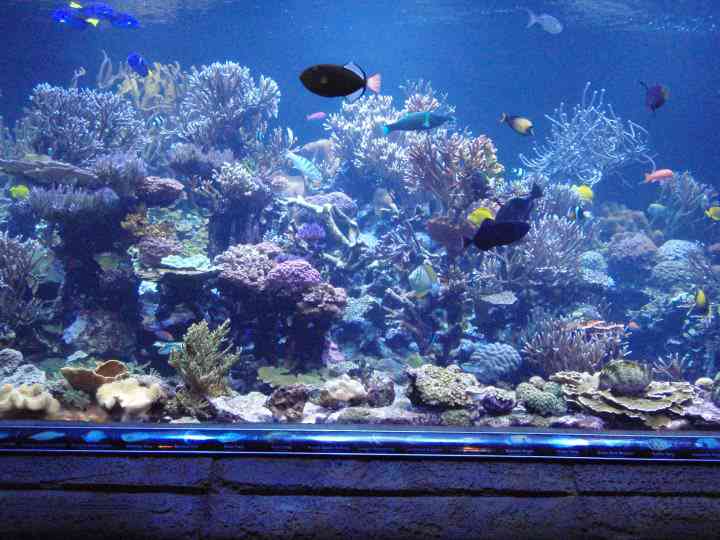
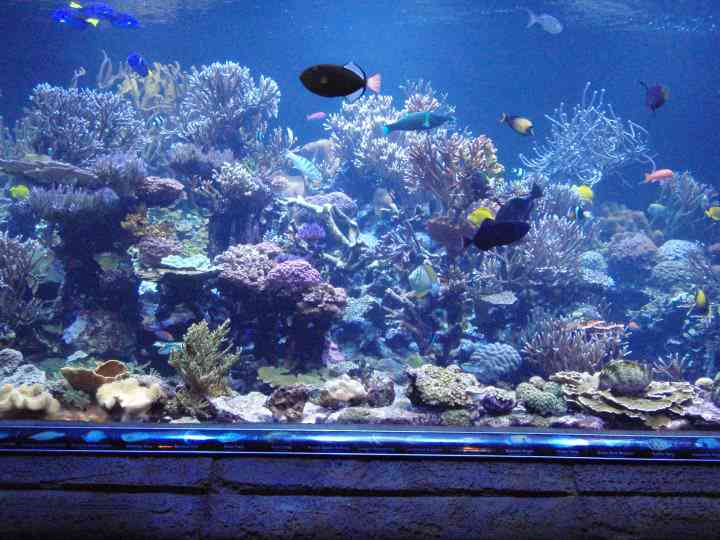
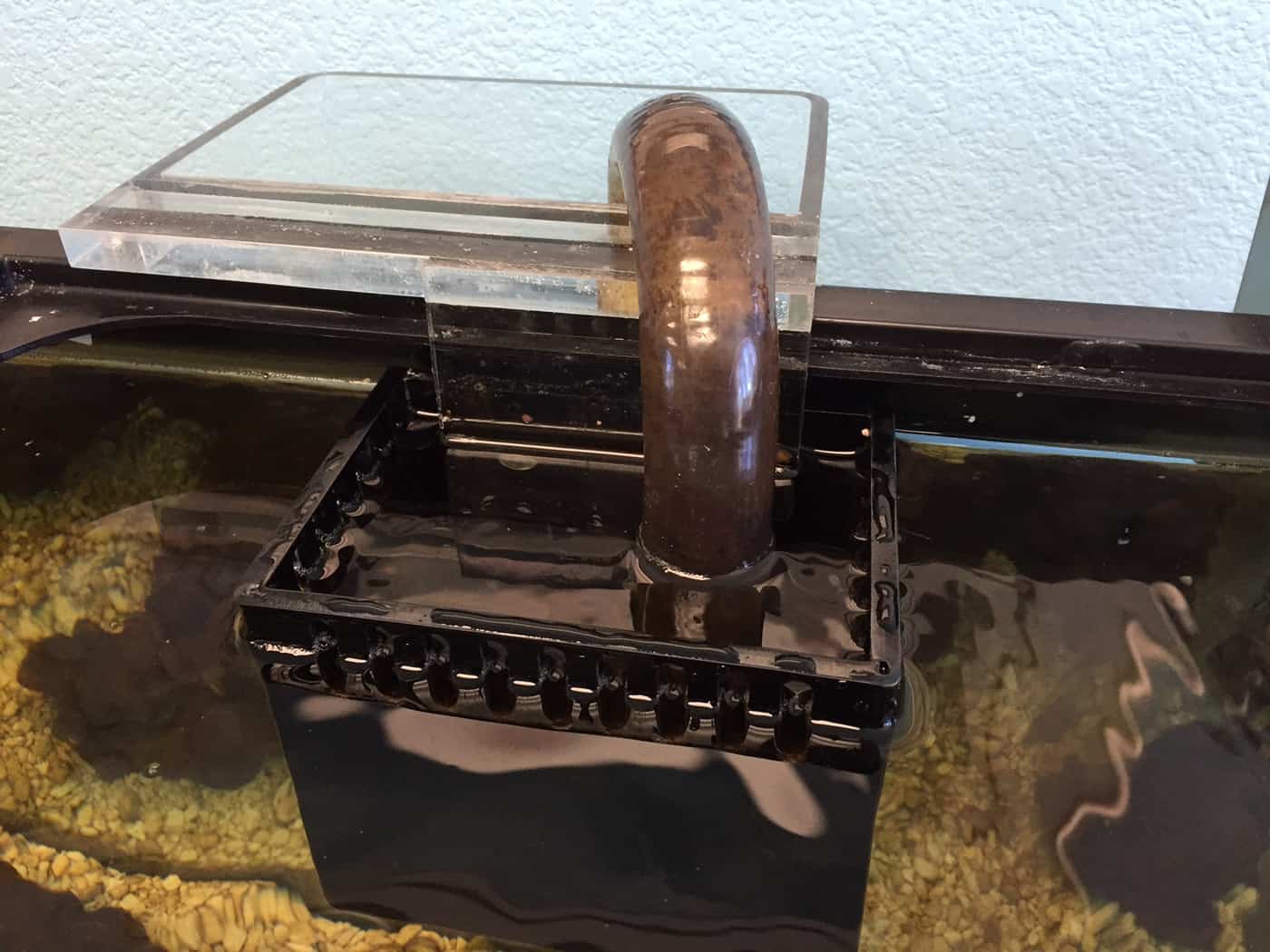
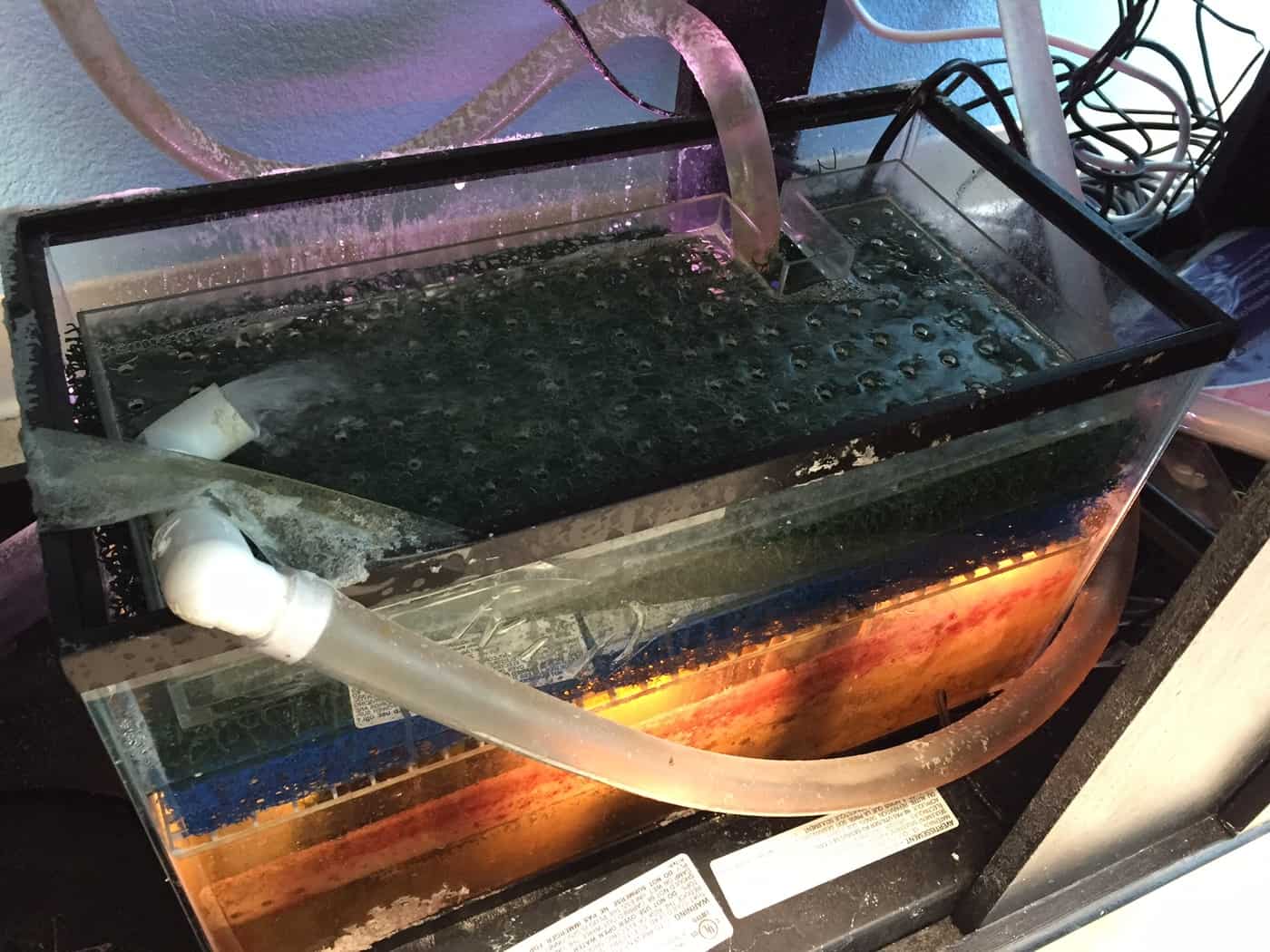
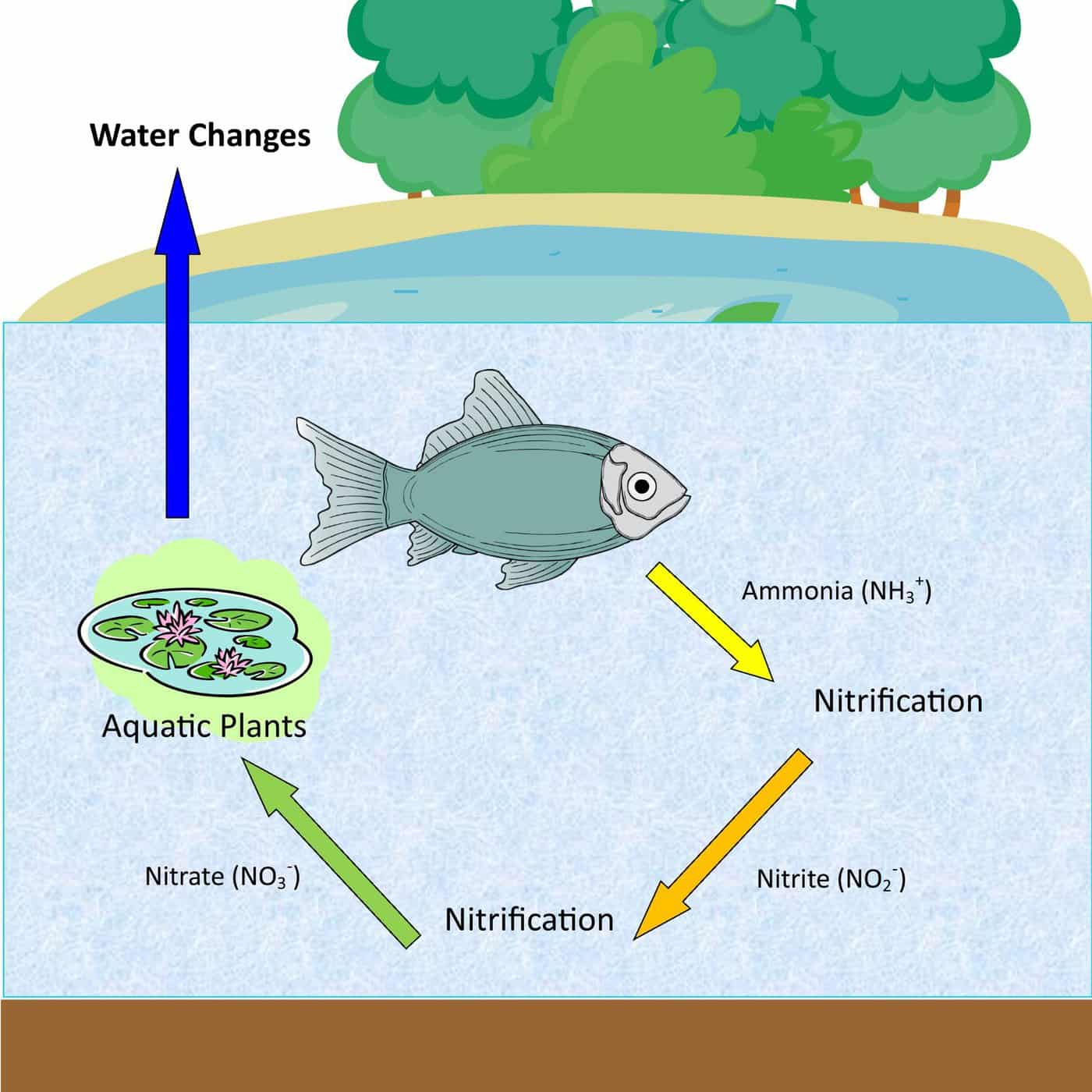
Pingback: Top 5 Fish Mistakes – #4: Limited Education – Aquatic Veterinary Services
Pingback: New Tank Checklist – Aquatic Veterinary Services